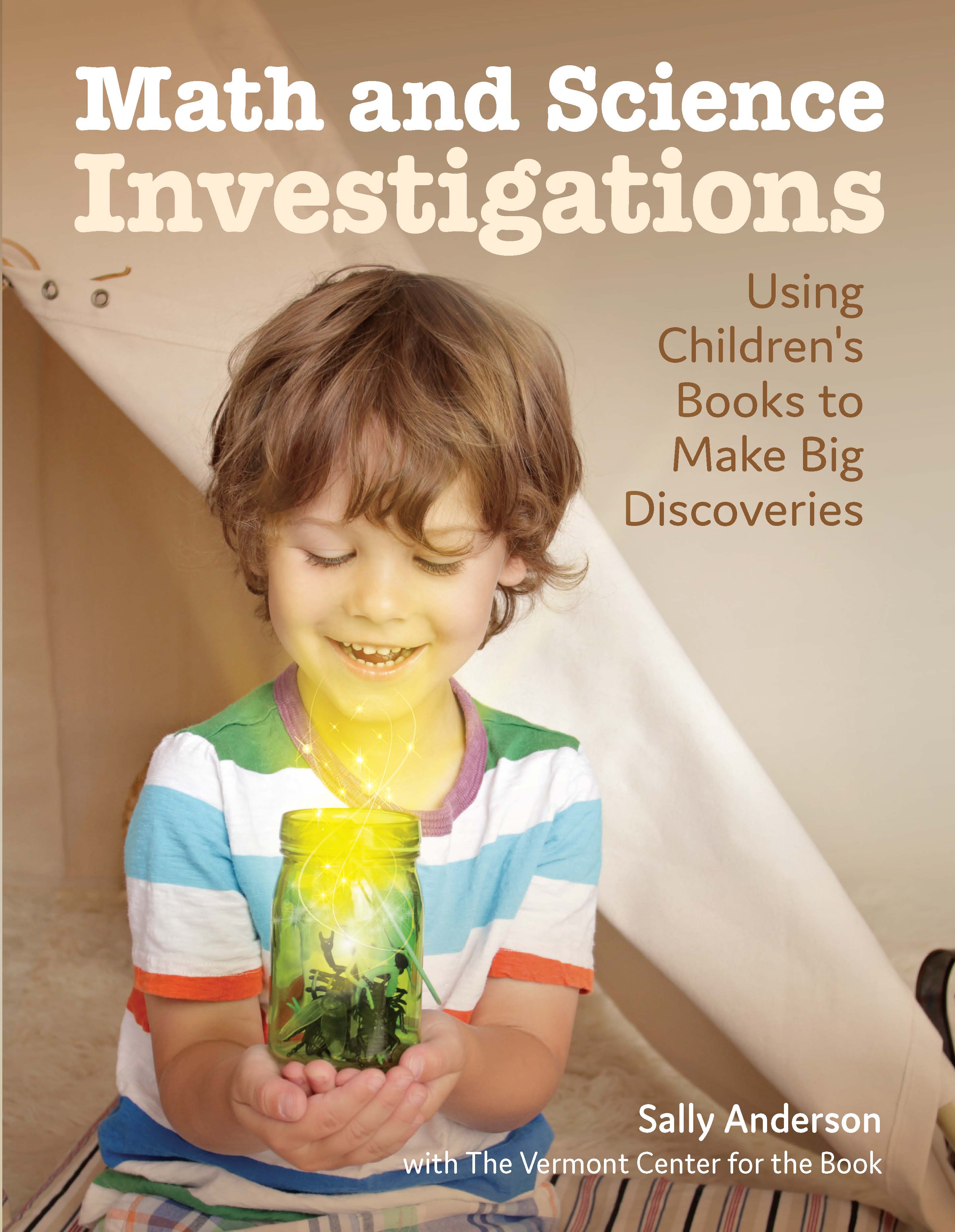One of the many celebrations in April is National Math Education Month! Here's a fun activity from Math and Science Investigations by Sally Anderson with the Vermont Center for the Book to help you celebrate.
In this activity, you and your children will create patterns with blocks and other objects. Children learn to look carefully at someone else's pattern, as well as discover how to copy that pattern.
Materials
- collection of objects, such as colored blocks, linking cubes, toy trucks, buses, and wooden or plastic shapes
Things to Consider
- Patterns are the sequenced or repeated organization of objects, sounds, or events. Use the word pattern often with children as you do this activity. When grouping children for "Copycat Patterns," think about the children's past experiences with pattern play.
What to do
1.Engage the children in a discussion about patterns by looking for patterns on clothing, in the room, or in a book. Begin by pointing out a pattern. You might say: I see a pattern on Conner's shirt. Red square, yellow circle, red square, yellow circle... what comes next?
2.Place the blocks and other objects on a table. Continue your discussion of patterns by showing the children how to make a pattern by taking objects and arranging them in a sequence or a repeating way. For example: red, blue, yellow; red, blue, yellow; red...; truck, car, car; truck, car, car; truck....
3.Challenge one child or group of children to identify patterns as you make them. Ask the children to make predictions about what shape or object will come next in a pattern.
4.Once making patterns becomes easier, suggest playing "Copycat Patterns." One child makes a pattern, then another copies the pattern. Be sure that everyone has many experiences making and copying patterns. Encourage the children to think of as many different patterns as possible.
Talk with Children
- Encourage the children to talk about their patterns. Ask, "What is your sequence? How can you make a pattern different by adding more colors, shapes, textures?"
- Encourage the children to look at and describe each other's patterns.
Observe Children
- Which children sort first and then make pattern rows? Do some children skip the sorting stage?
- How do the children decide which shape comes next in their pattern? Is it by saying the pattern aloud or by looking and thinking? Do some ask you or a friend?
- How do different children copy their partners' patterns? Do they copy it exactly? Do they add extra shapes? Do they leave some shapes out?
- Listen to the children as they make patterns with shapes. Are the children naming the shapes they are using for their patterns? Do some children chant their patterns (square, square, circle, square, square, circle, square, square...) as they build them?
-Sally Anderson, Vermont Center for the Book
